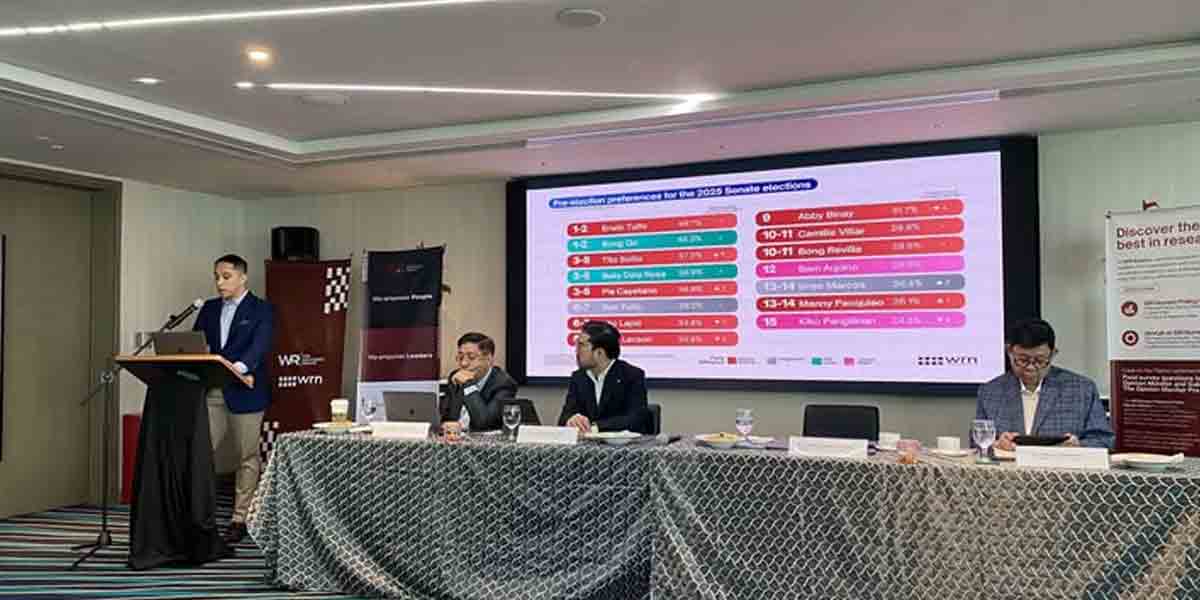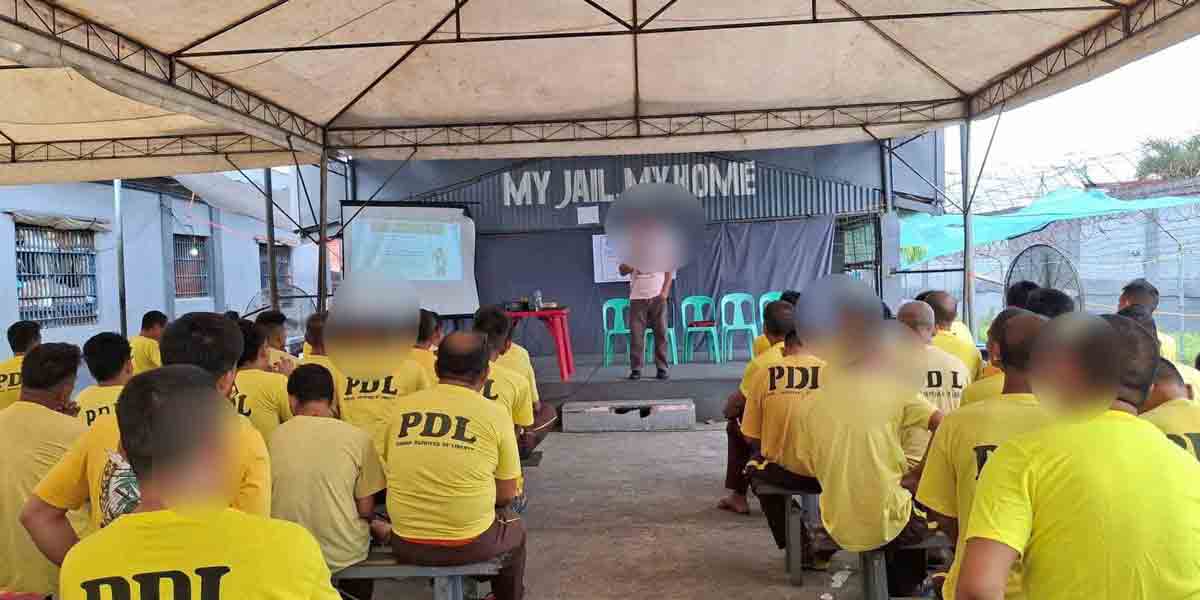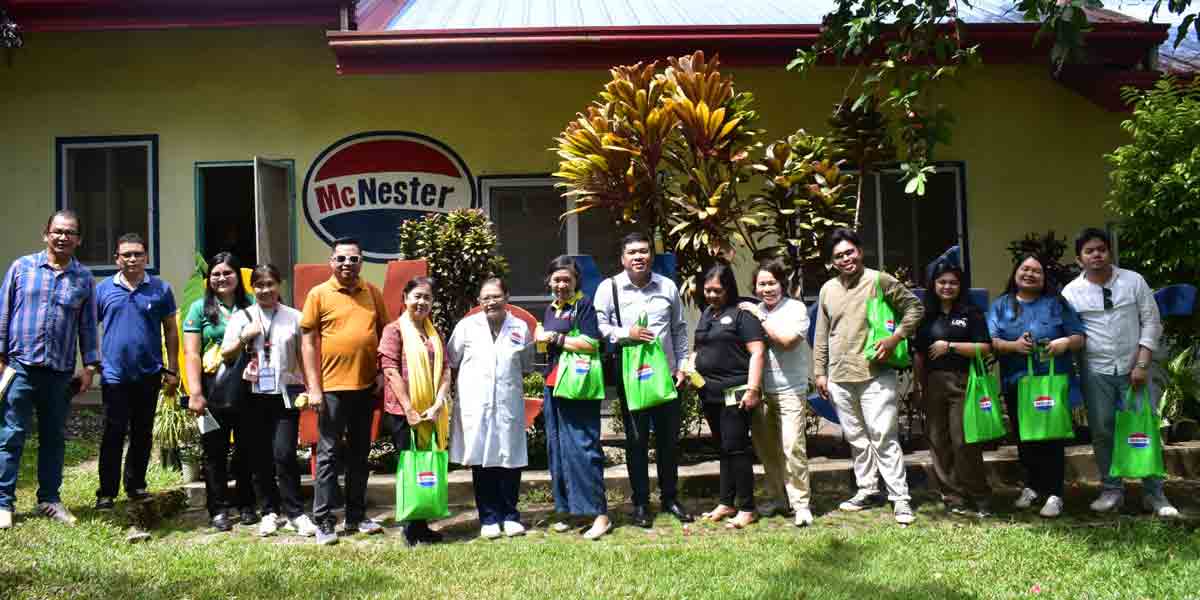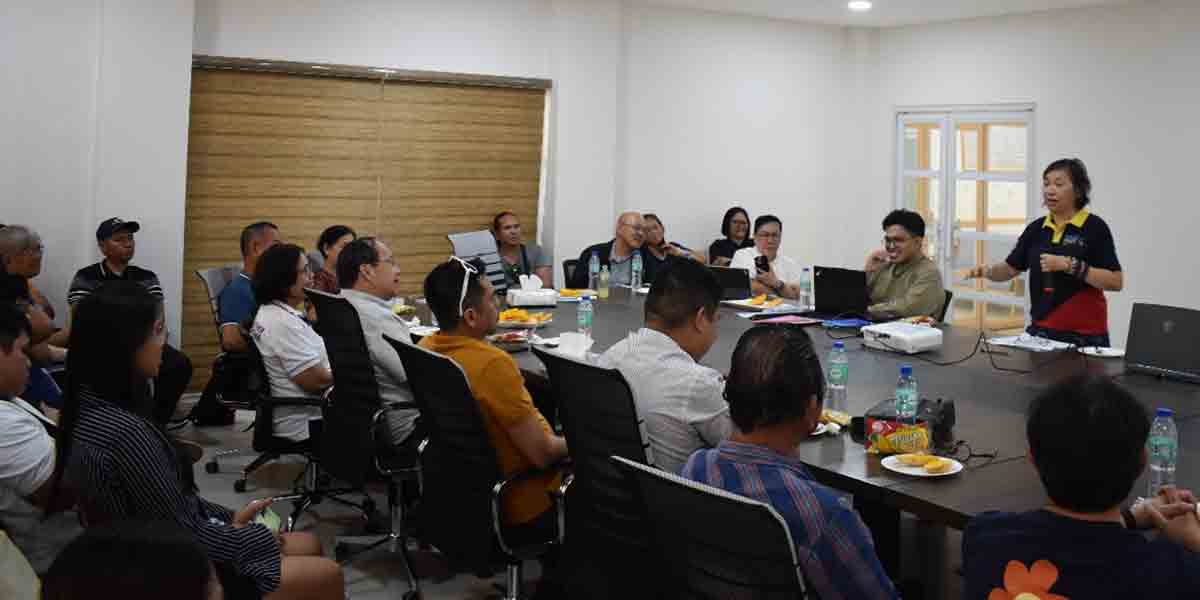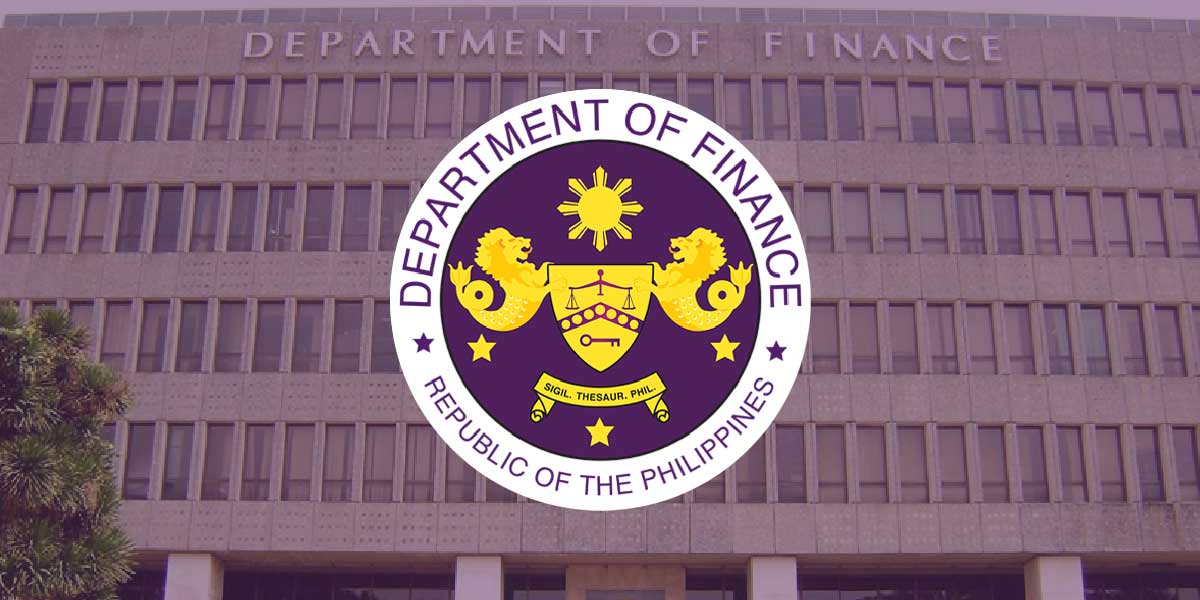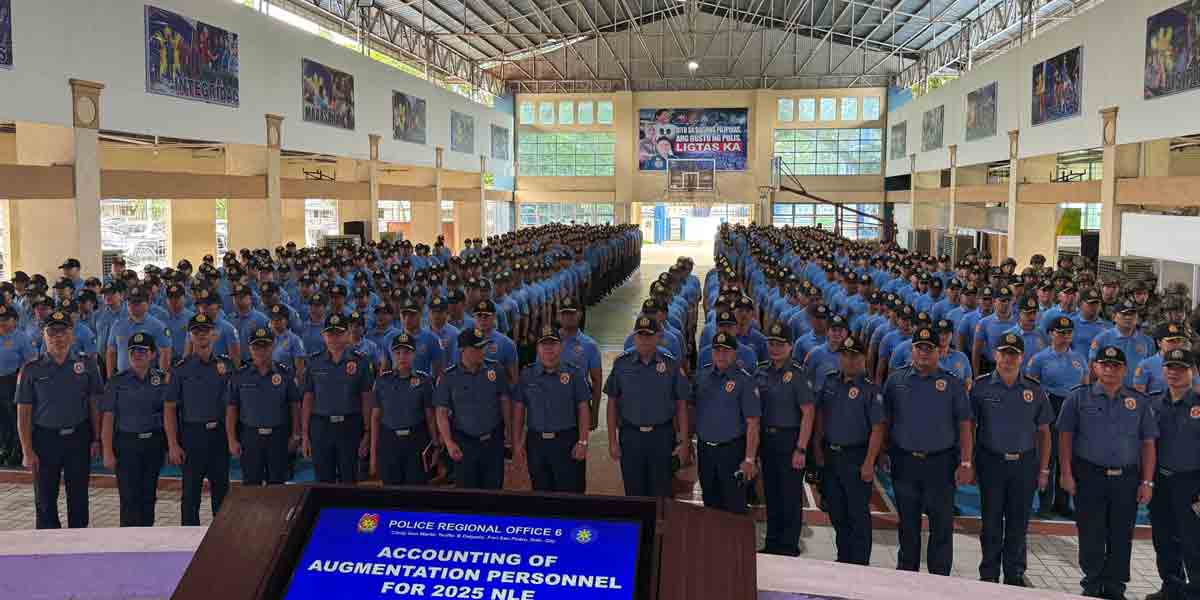By Herman M. Lagon
When a five-year-old girl and a 29-year-old man were struck down by a rogue SUV at NAIA Terminal 1, it was not just a car crash—it was a verdict on our public safety. We like to believe that simple fixtures—a bollard here, a railing there—stand between life and ruin. As a civil engineer who had to go into overdrive the traffic and highway safety and design course, I can say with confidence that last Sunday’s smashed metal and shattered glass laid bare a harsh truth: in our country, substandard infrastructure is killing us, one unnoticed corner-cut at a time.
I still recall the thud of that SUV from my Facebook feed as if I had been there. Everyone saw and heard that awful, albeit imagined, crescendo of screeching tires and cracking steel that jolted the entire departure area. Phones whipped out; livestreams and frantic messages pinged. Within minutes, images of a marred bollard and crumpled bodies circulated faster than any airport announcement. In that instant, the bollard—meant to absorb force, to slow down a wayward vehicle—did nothing.
In the scene I saw on social media, one father—an overseas Filipino worker—collapsing to his knees near his daughter’s place of death, crying out on the cold floor after she had merely come to bid him farewell for his next assignment abroad. That image alone seared through every heart.
Officially, most fixed bollards in high-traffic zones are supposed to meet crash-rating standards such as ASTM F2656 or PAS 68, capable of stopping a 1.5-ton vehicle at 30–40 kph (DPWH 2023). Yet the ones at NAIA Terminal 1, based on the photos, had concrete footings a mere 4–5 cm (1.6–2 in) deep and hollow cores ill-filled, insufficient to withstand even a lightly loaded SUV at low speed. The result was a showroom-grade failure: sheared bases and open pathways for tragedy.
The safety bollards at the curbside areas of NAIA Terminals 1, 2, 3, and 4 were installed in 2019 during the Duterte administration with a budget of PHP 8 million. Construction experts noted that the bollard at Terminal 1, which failed to stop an accelerated SUV, appeared improperly anchored. Proper installation demands embedding each bollard at least 18–24 inches (46–61 cm) below ground in reinforced concrete and securing it with high-strength steel rebar or anchor rods. That deep footing ensures a collision leaves the bollard standing firm rather than collapsing into a lethal gap. The fact that this one fell away instead—leading to the deaths of two innocents—is a tragic symbol of the country’s public work system today. Systems meant to protect us are either broken, poorly built, or deliberately weakened. And when they fail, ordinary Filipinos pay the price—while the powerful often escape accountability. This is what corruption looks like. This is how it kills.
Finger-pointing is inevitable. The Manila International Airport Authority (MIAA) oversees safety contracts, but the New NAIA Infrastructure Corp. (NNIC) manages day-to-day operations. President Ramon Ang pledged immediate aid to victims, yet he also admitted that the bollards “were not the proper specification” (GMA News, May 5, 2025). How did such a critical defect slip through design reviews, bid vetting, and multiple inspections? It is a microcosm of our system—well-meaning policies undermined by lax execution.
At the heart of this failure lies a contractor’s calculus: lower bids win, corners get cut, and inferior materials pass as compliant. Our public procurement laws demand “Economy, Efficiency, and Effectiveness” (RA 9184), but in practice, “Economy” often eclipses all else. When steel posts are half the required thickness, or gravel footings lack the proper reinforcement, the only beneficiaries are profit-padding go-betweens and ghost projects lining a few pockets.
Meanwhile, traffic enforcers and police are supposed to direct vehicles away from pedestrian corridors. Instead, too many officers are “detail-oriented” about collecting fees from motorists rather than monitoring speed and compliance. The driver in the NAIA crash claimed panic at an imaginary sedan, but CCTV footage showed a clear straight-line acceleration toward the crowd. How many sanctions did he dodge before that fateful moment? The LTO has suspended his license for 90 days, but the lesson arrives far too late.
This is not unique to Manila. In Iloilo City, a friend once braked hard at an unlit overpass where reflective markers had peeled off months earlier. Government crews reinstalled the markers only after a minor scrape and a motorist’s complaint. Across the country, tens of thousands of flyovers, pedestrian islands, speed humps, traffic signs, rumble strips, shoulder lanes, service pavements, highway culverts, median diverters, crash barriers, roundabouts, and drainage covers linger unfinished or built with sub-par materials. The World Bank estimates nearly 40 percent of our road network requires urgent rehabilitation (World Bank 2022). Yet budgets keep swelling, and poor workmanship keeps prevailing.
Our collective approach to accidents is reactive. We lament—then we dole out cash assistance, build temporary memorials, do lip services, hold whitewashed investigations, and rename streets. We bristle at critics but ignore how the same “quick fixes” recur: patched potholes, half-painted zebra crossings, and unanchored bollards. We treat human lives as mere line items to be compensated after the fact rather than protected from the outset.
I know this personally. One rainy night, riding a tricycle in Barotac Nuevo, we nearly collided with a buckled traffic sign that had collapsed into the roadway. The orange reflector was long gone, and no official came to secure it for days. In that flash, I realized how easily a “small thing” can cause a major accident—how the state’s lack of vigilance can turn routine commutes into lottery draws for survival.
Changing this requires more than promises. It demands stewardship: engineers, lawmakers, and frontline officers taking ownership of every bolt, every budget, and every behavioral norm. It means auditing every public works project with forensic detail, from airport terminals to barangay pathways. It means elevating competence over connections, and discipline over dole-out culture.
Ordinary Filipinos do not need grand speeches or empty condolences. We need crash-rated fixtures installed to correct depth, regular audits that do not skip weekends, drivers held consistently accountable, and procurement processes so transparent that any cut corner is detected in daylight. We need a mindset shift from patch-and-pray to protect-and-prevent.
Let this tragedy at NAIA be the turning point. Corruption kills quietly but relentlessly in melted steel and missed inspections. When government officials walk away unscathed, and families pay with their tears and loss, we have failed at the very task of governance: to safeguard life and limb. So this midterm, vote for those who build to protect, not cut corners corruptly.
***
Doc H fondly describes himself as a lifelong learner who, like many others, dreams of a more life-giving and purpose-driven world built on justice, reflection, and joy. His views do not necessarily reflect those of the institutions he serves.


